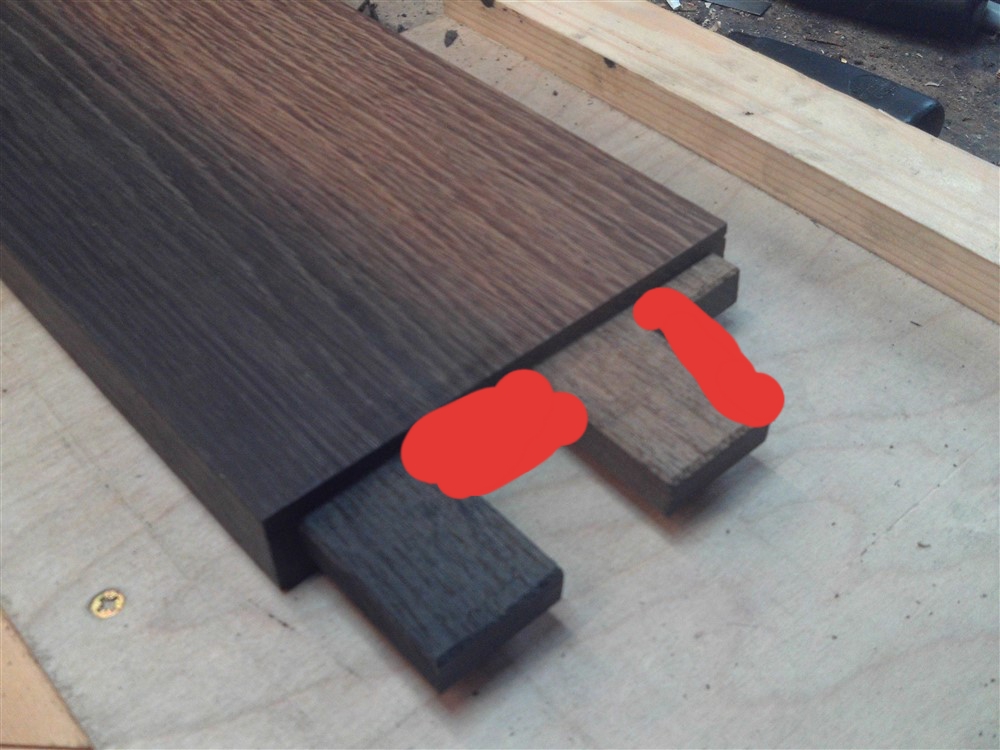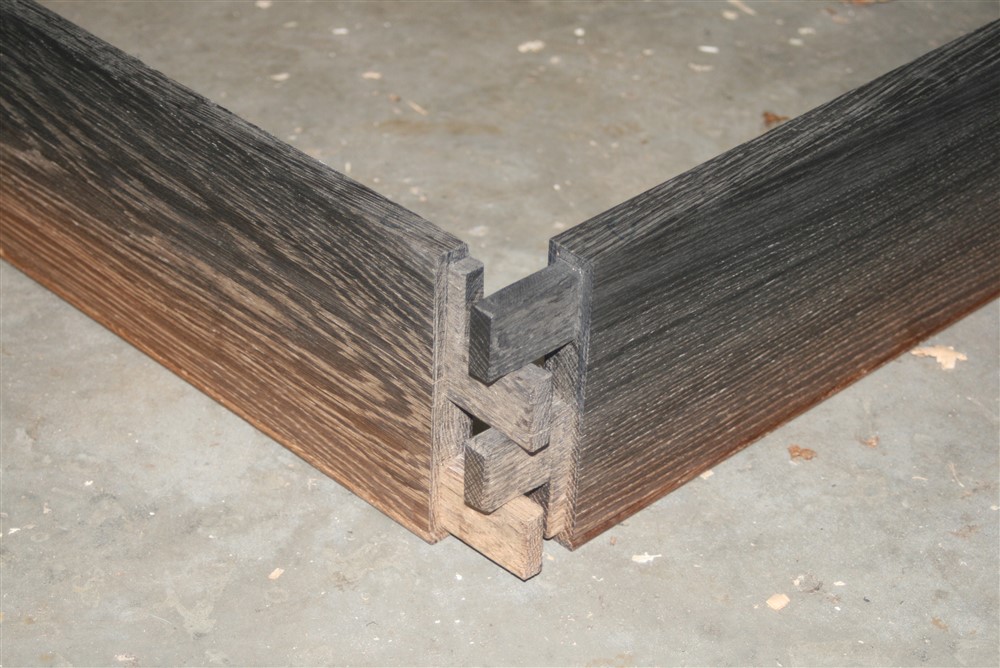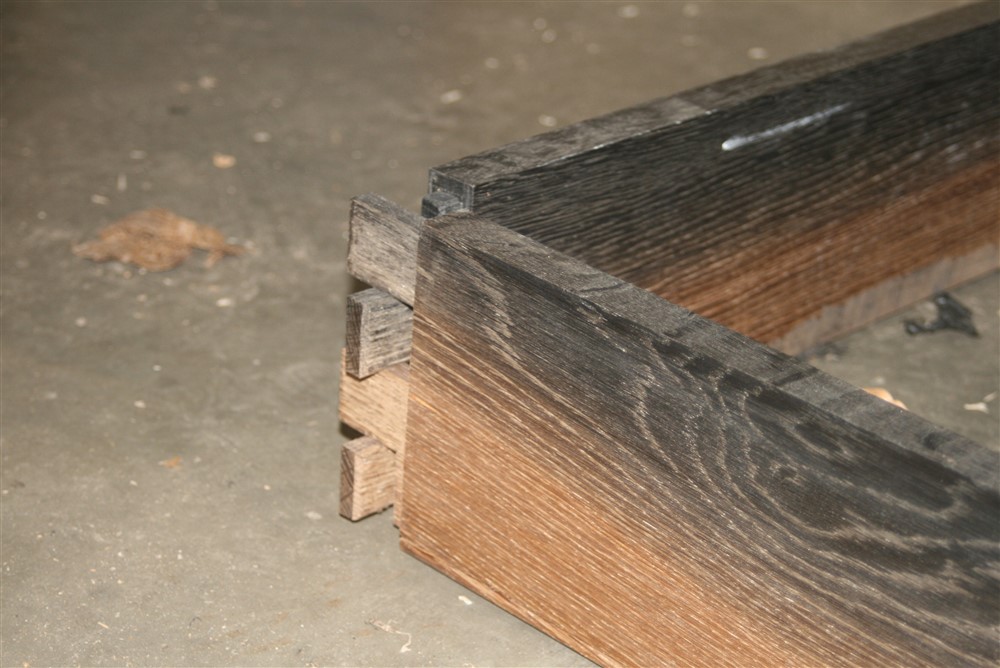I'm making a walnut coffee table which will have drawers below the top and no lower shelf like this

I would like to avoid putting any lower braces in to prevent racking so I need the leg/stretchers joints to be strong enough to allow this. Judging by a couple of posts I've found I should be fine but I thought I would ask anyway.
I will be copying the double M&T joint with a shoulder (https://i.imgur.com/CYv9ZyW.jpg) that MikeG used on his coffee table recently (thanks Mike) but my table legs are 420mm x 50mm x 43mm which is a little skinnier than Mike's and the stretchers are 110mm deep.
Is this joint strong enough to prevent racking on it's own?

I would like to avoid putting any lower braces in to prevent racking so I need the leg/stretchers joints to be strong enough to allow this. Judging by a couple of posts I've found I should be fine but I thought I would ask anyway.
I will be copying the double M&T joint with a shoulder (https://i.imgur.com/CYv9ZyW.jpg) that MikeG used on his coffee table recently (thanks Mike) but my table legs are 420mm x 50mm x 43mm which is a little skinnier than Mike's and the stretchers are 110mm deep.
Is this joint strong enough to prevent racking on it's own?




































